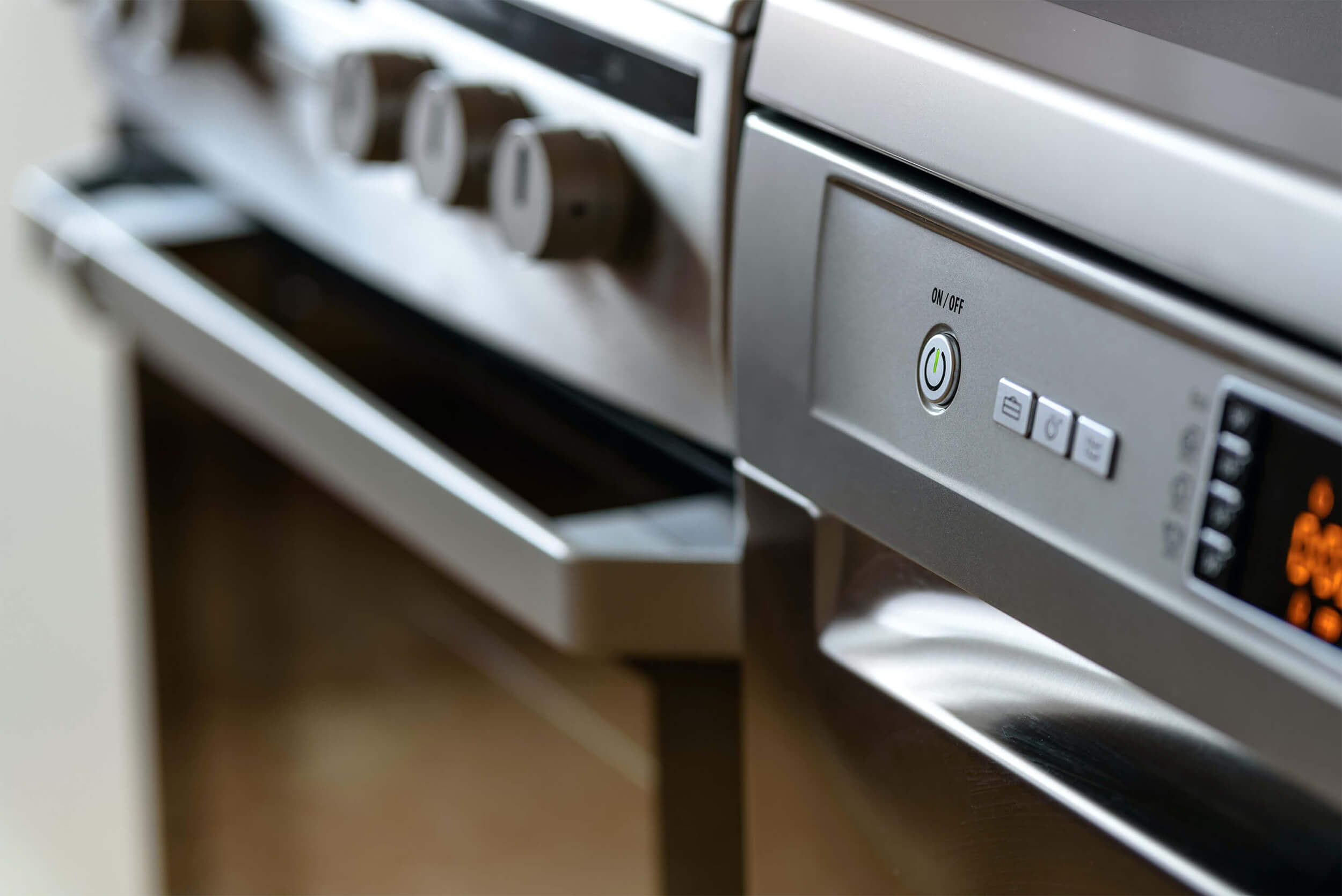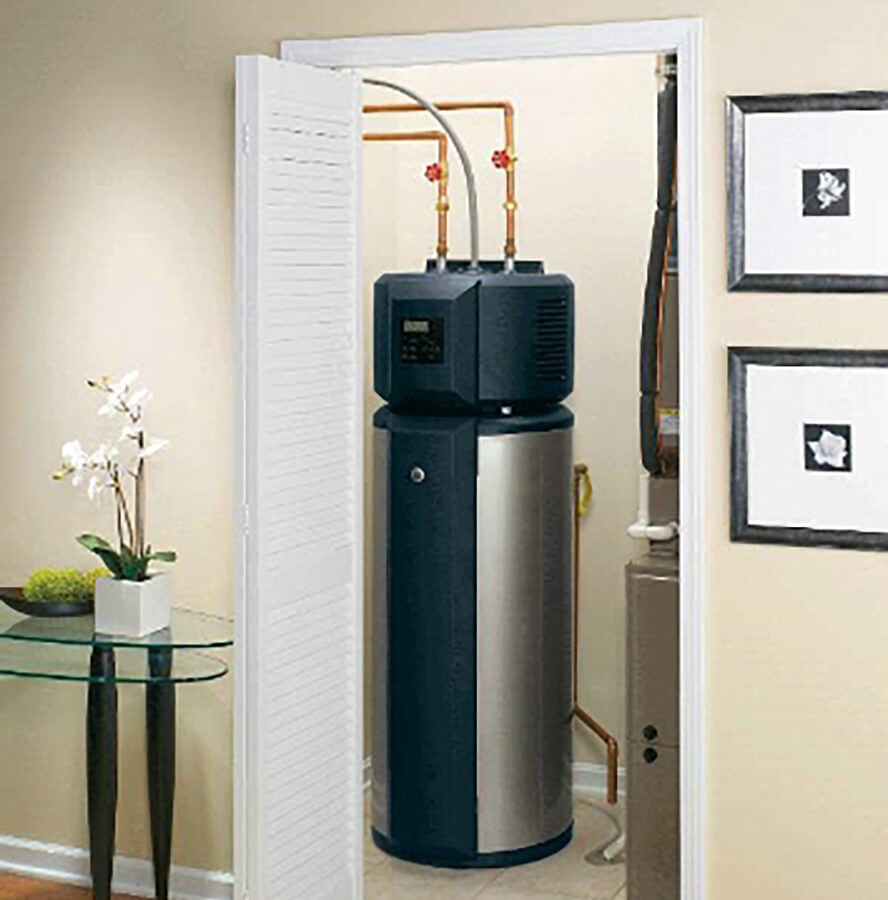The U.S. Department of Energy (DOE) proposed new standards today that would provide a modest boost to the efficiency of commercial furnaces. The standards for commercial furnaces are due for an update as they have not changed in more than 20 years.
Commercial furnaces are typically used to provide space heating for low-rise buildings such as schools, restaurants, big-box stores, and small office buildings. (Larger buildings generally use boilers to heat hot water that is then circulated throughout the building to provide space heating.) Almost all commercial furnaces are installed on rooftops and are typically part of a rooftop air conditioner where the air conditioning unit includes a furnace in order to provide heating in addition to cooling. Commercial furnaces can use either gas or oil, although the vast majority are gas-fired.
DOE estimates that the proposed standards on average would net a typical owner of a commercial gas-fired furnace $425 in savings over the lifetime of the equipment. On a national level, commercial furnaces meeting the new standards sold over 30 years would reduce U.S. gas consumption by about 5 billion therms, which is equivalent to the annual natural gas consumption of 7.7 million U.S. households that use natural gas, and save customers $1.0-2.7 billion.
The first national efficiency standards for commercial furnaces were established by the Energy Policy Act (EPAct) of 1992 and took effect in 1994. Since 1994, there have been no changes to the standards for commercial furnaces. The current standards specify a minimum efficiency of 80% for gas-fired furnaces and 81% for oil-fired furnaces. The new proposed standards would increase the minimum required efficiency of both gas-fired and oil-fired commercial furnaces to 82%.
In 2014, DOE completed 10 new efficiency standards for products ranging from power supplies to electric motors to linear fluorescent lamps and is now more than two-thirds of the way towards meeting President Obama’s goal of reducing CO2 emissions by 3 billion metric tons by 2030 through efficiency standards.
DOE is scheduled to publish a final rule for new standards for commercial furnaces by the end of the year, and the standards would take effect three years later.





